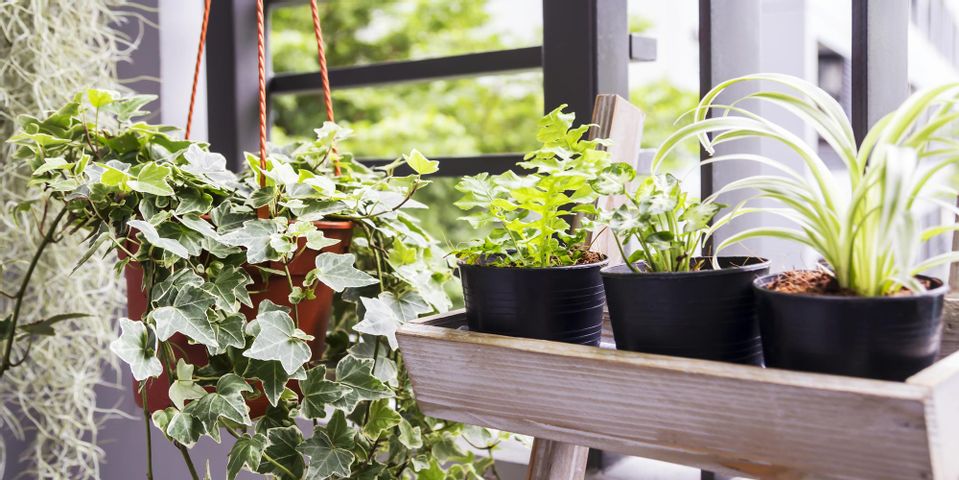
When environmental factors such as wet weather conditions cause excess humidity, it can cause moisture in your home. While low levels of moisture aren't a cause for alarm, too much humidity can form condensation on your windows and walls, leading to the growth of mildew, or dangerous black mold. Below is more information about how to lower the water levels in your home.
How to Protect Your Home From Moisture
1. Increase Ventilation
During winter, when you keep the windows and doors closed to keep the heat in, everyday tasks such as showering and cooking can increase moisture levels, creating a perfect environment for black mold to grow. To reduce this, run the exhaust fans in your kitchen, bathrooms, and laundry room, if available, to release steam and keep the home dry.
2. Use a Dehumidifier
 By design, dehumidifiers regulate the humidity in your home by removing moisture from the air. Much like an air conditioner, dehumidifiers draw moist air into the machine's cooling coils where it condenses and collects, before releasing the resulting dry air. This is less hospitable to allergens, such as dust mites, mold, and mildew.
By design, dehumidifiers regulate the humidity in your home by removing moisture from the air. Much like an air conditioner, dehumidifiers draw moist air into the machine's cooling coils where it condenses and collects, before releasing the resulting dry air. This is less hospitable to allergens, such as dust mites, mold, and mildew.
3. Grow Humidity-Absorbing Plants
While all plants absorb moisture, some do so through the air, rather than their roots. House plants such as the peace lily, reed palm, and Boston fern work as natural dehumidifiers, drawing moisture from the air to sustain their growth. The English ivy can also help purify the air, removing moisture and airborne molds.
If you find black mold in your home, contact Rainbow Environmental Services in Cincinnati, OH. Since 1990, their team has been removing hazardous and damaging materials such as black mold, lead, and asbestos from residential, commercial, and industrial properties. Call (513) 624-6470 to schedule an appointment. Visit online to learn more about their services.
About the Business
Have a question? Ask the experts!
Send your question

